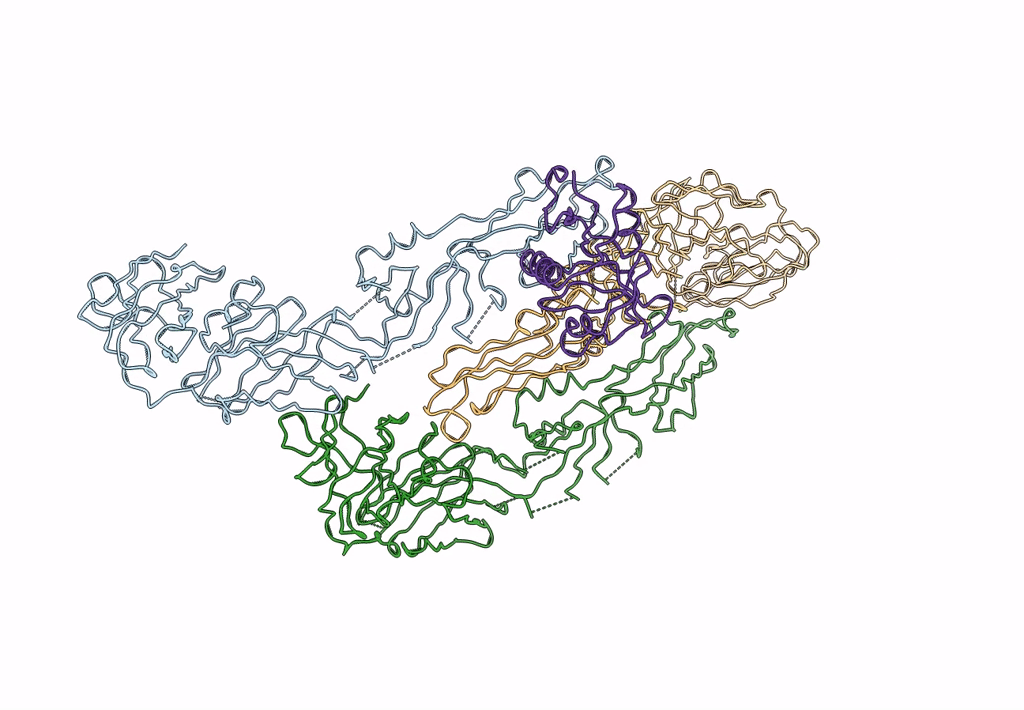
Deposition Date
2005-09-30
Release Date
2006-03-07
Last Version Date
2024-02-14
Entry Detail
PDB ID:
2B6B
Keywords:
Title:
Cryo EM structure of Dengue complexed with CRD of DC-SIGN
Biological Source:
Source Organism:
Homo sapiens (Taxon ID: 9606)
Dengue virus (Taxon ID: 12637)
Dengue virus (Taxon ID: 12637)
Host Organism:
Method Details:
Experimental Method:
Resolution:
25.00 Å
Aggregation State:
PARTICLE
Reconstruction Method:
SINGLE PARTICLE


